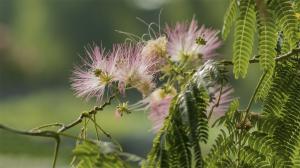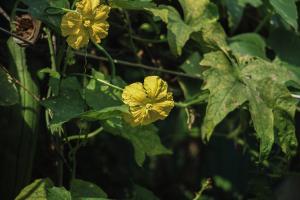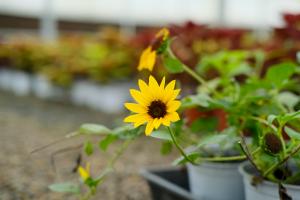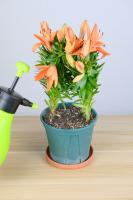Is Lime Good for Pot Plants?
When it comes to growing pot plants, the right soil mixture is key to achieving a healthy and thriving crop. One common addition to soil mixes is lime, which is often used to adjust the pH level of the soil. But is lime really good for pot plants? Let’s explore the benefits and drawbacks of using lime in pot plant cultivation.
The Benefits of Using Lime in Pot Plant Soil Mixes
Lime is a type of soil amendment made of calcium carbonate, magnesium carbonate, or a combination of the two. Its primary function is to raise the pH level of soil that is too acidic. When soil pH drops below 6.0 or 5.5, certain nutrients become less available to plants, which can stunt their growth and cause nutritional deficiencies. Adding lime to the soil helps to neutralize acidity and improve nutrient availability for pot plants.
Lime can also improve soil structure, especially for pots and containers. When soil is too compact or dense, it can be difficult for plant roots to penetrate the soil and absorb essential nutrients. Lime helps to break up soil particles and create a more porous, aerated soil mix that allows for better root growth.
The Drawbacks of Using Lime in Pot Plant Soil Mixes
While lime can be beneficial for boosting soil pH and structure, there are also some drawbacks to using it in pot plant cultivation. One potential issue is over-liming, or adding too much lime to the soil. This can cause the soil pH to become too high, which can be just as harmful to plants as overly acidic soil. High pH levels can lead to a buildup of certain minerals, which can become toxic to plants in excess.
Another issue with lime is that it can take some time to fully work its magic in the soil. Lime needs to be broken down and dissolved into the soil over time, which means that adding it too close to planting time may not provide the full benefits to pot plants. Additionally, lime may not be effective for pot plants that prefer acidic soil, such as blueberries or azaleas.
How to Determine if Lime is Right for Your Pot Plants
Ultimately, the decision to use lime in pot plant soil mixes depends on a variety of factors, such as the type of plants being grown, the pH level of the soil, and the overall health of the plants. Before adding lime to your pot plant soil mix, consider taking a pH test to determine the acidity level of the soil. If the pH level is below 6.0, adding a small amount of lime may be beneficial. However, if the pH level is already neutral or alkaline, adding lime may do more harm than good.
It’s also important to consider the specific needs of individual plants. Some pot plants, such as succulents or cacti, prefer well-draining, sandy soil and may not benefit from the addition of lime. Other plants, such as tomatoes or peppers, may require a higher pH level and could benefit greatly from the addition of lime.
In Conclusion
Lime can be a valuable soil amendment for pot plant cultivation, but it’s important to use it cautiously and with careful consideration of the individual needs of each plant. By taking a pH test and understanding the potential benefits and drawbacks of lime, you can make an informed decision about whether or not to use it in your pot plant soil mixes.

 how many times do yo...
how many times do yo... how many planted tre...
how many planted tre... how many pine trees ...
how many pine trees ... how many pecan trees...
how many pecan trees... how many plants comp...
how many plants comp... how many plants can ...
how many plants can ... how many plants and ...
how many plants and ... how many pepper plan...
how many pepper plan...






























